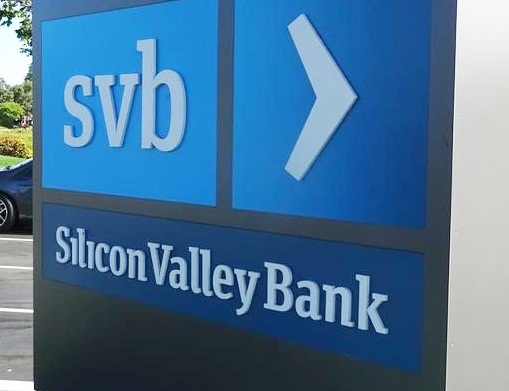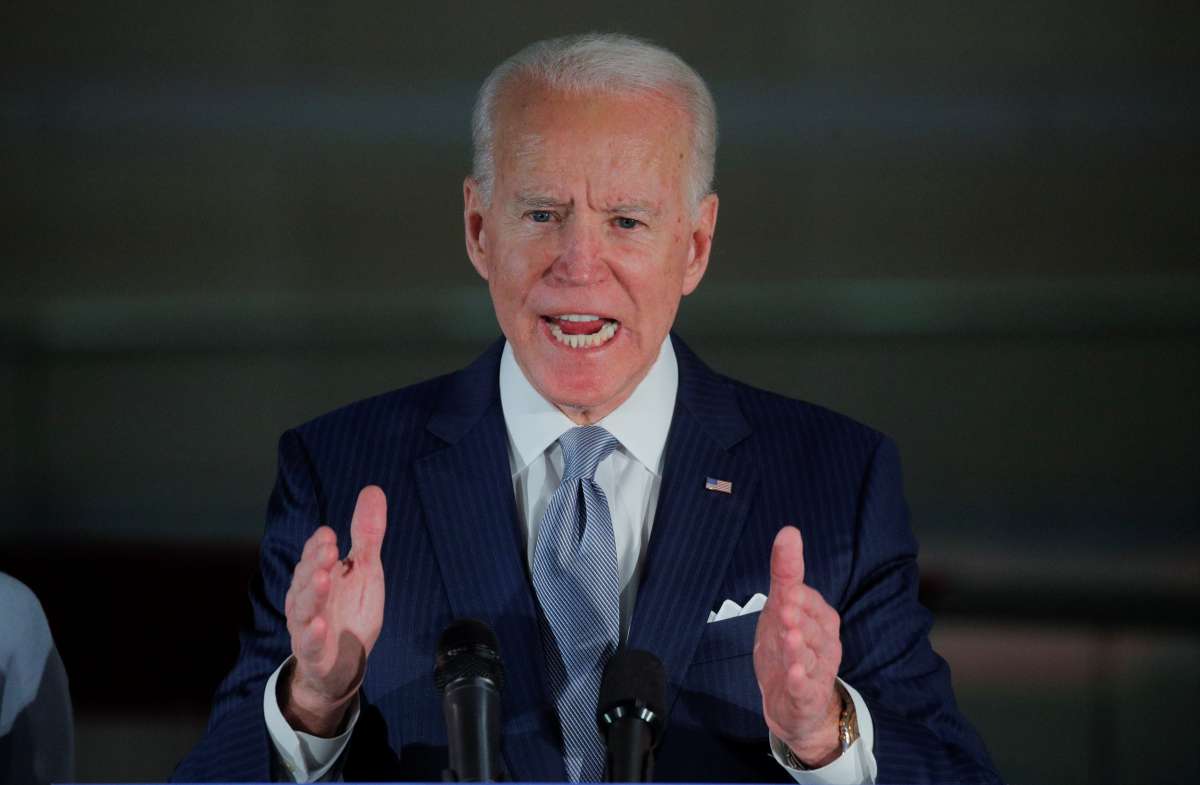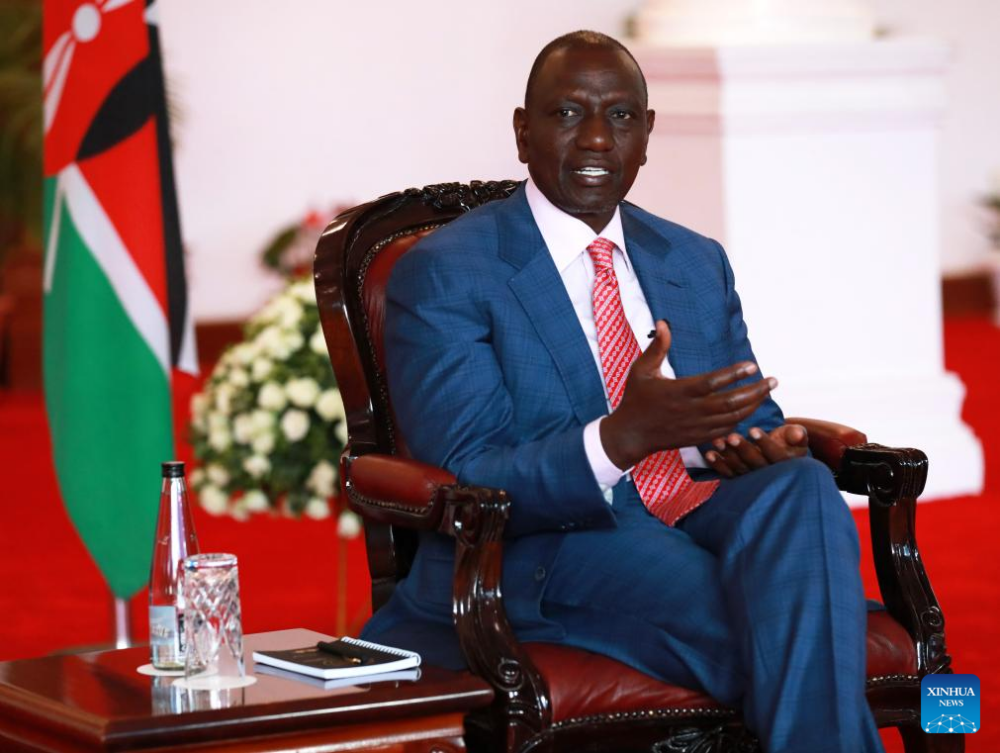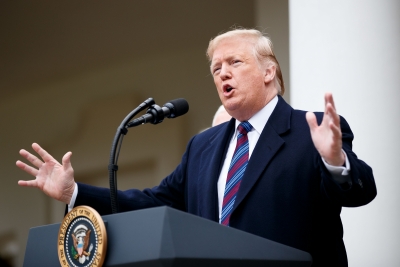One of the most prominent lenders in the world of technology startups, Silicon Valley Bank, which was struggling, collapsed on March 10, after a run on the bank by the depositors….reports Asian Lite News
The Federal Deposit Insurance Corporation (FDIC) has entered into a purchase and assumption agreement for all deposits and loans of recently failed US-based Silicon Valley Bridge Bank by First-Citizens Bank and Trust Company, Raleigh, North Carolina.
The FDIC created Silicon Valley Bridge Bank, National Association, following the closure of Silicon Valley Bank by the California Department of Financial Protection and Innovation. All of the deposits–both insured and uninsured–and substantially all assets and all Qualified Financial Contracts of Silicon Valley Bank were transferred to the bridge bank. The purpose of establishing Silicon Valley Bridge Bank, National Association, was to allow time for the FDIC to stabilize the failed banking institution.
One of the most prominent lenders in the world of technology startups, Silicon Valley Bank, which was struggling, collapsed on March 10, after a run on the bank by the depositors.
The 17 former branches of Silicon Valley Bank will now open as First-Citizens Bank and Trust Company starting today.
“Customers of Silicon Valley Bridge Bank, National Association, should continue to use their current branch until they receive notice from First-Citizens Bank & Trust Company that systems conversions have been completed to allow full-service banking at all of its other branch locations,” FDIC said in a statement Sunday (local time).
Depositors of Silicon Valley Bank will automatically become depositors of First-Citizens Bank and Trust Company. All deposits assumed by First-Citizens Bank & Trust Company will continue to be insured by the FDIC up to the “insurance limit”.
As of March 10, 2023, Silicon Valley Bank had approximately USD 167 billion in total assets and about USD 119 billion in total deposits.
Today’s transaction included the purchase of about USD 72 billion of Silicon Valley assets at a discount of USD 16.5 billion.
Approximately USD 90 billion in securities and other assets will remain in the receivership for disposition by the FDIC.
After the run on the bank, local regulators closed down the tech lender and put it under the control of the US Federal Deposit Insurance Corporation (FDIC). The FDIC was acting as a receiver, which typically means it would liquidate the bank’s assets to pay back its customers, including depositors and creditors. (ANI)














